Tuan Huy Do
age ~47
from Garden Grove, CA
Tuan Do Phones & Addresses
- Garden Grove, CA
- San Diego, CA
- Portland, OR
- Westminster, CA
- Kent, WA
License Records
Tuan Minh Do
License #:
0225103559
Category:
Real Estate Individual
Medicine Doctors

Tuan Xuan Nguyen DO
view sourceSpecialties:
Internal Medicine
Surgery
Surgery
Education:
Kansas City University of Medicine (1996)

Tuan Tony Nguyen DO
view source
Tuan Anh Nguyen DO
view sourceSpecialties:
Emergency Medicine
Internal Medicine
Internal Medicine

Tuan Duy Bui DO
view sourceSpecialties:
Family Medicine
Geriatric Medicine
Geriatric Medicine
Education:
Virginia Commonwealth University (1983)
Us Patents
-
Microfluidic Device, System And Method
view source -
US Patent:20210031196, Feb 4, 2021
-
Filed:Oct 16, 2020
-
Appl. No.:17/072332
-
Inventors:- San Diego CA, US
Austin DERFUS - Solana Beach CA, US
Armando TOVAR - San Diego CA, US
Justin DAVIDSON - San Diego CA, US
Tuan DO - San Diego CA, US
Paul CRIVELLI - San Diego CA, US
Matthew WANG - San Diego CA, US -
International Classification:B01L 3/00
G01N 33/49
G01N 33/543
G01N 33/68 -
Abstract:A combination of components in a capillary flow channel use capillary forces to passively control the movement of liquid samples within a microfluidic device. To detect a target, a liquid sample introduced to a proximal portion of capillary channel of a microfluidic device moves by capillary action along the specific components of capillary channel.
-
Microfluidic Device, System And Method
view source -
US Patent:20190064158, Feb 28, 2019
-
Filed:Oct 24, 2018
-
Appl. No.:16/169738
-
Inventors:- San Diego CA, US
Paul Michael CRIVELLI - San Diego CA, US
Austin Matthew DERFUS - Carlsbad CA, US
Tuan Hoang DO - San Diego CA, US
Remus Anders Brix HAUPT - Encinitas CA, US
Emily PARKER - Encinitas CA, US
Gregory RENEFF - San Diego CA, US
Armando Raul TOVAR - San Diego CA, US -
International Classification:G01N 33/543
-
Abstract:A combination of capillary forces and gas pressure is used to control the movement of liquid samples within a microfluidic device. A liquid sample introduced to a proximal portion of a capillary channel of a microfluidic device moves by capillary action partway along the capillary channel. As the liquid sample moves, a pressure of a gas acting upon a distal gas-liquid interface of the liquid sample increases by an amount sufficient to stop further movement of the liquid sample. To initiate further movement of the liquid sample, a pump connected to a distal portion of the capillary channel decreases the pressure of the gas acting upon the distal gas-liquid interface of the liquid sample by an amount sufficient to permit the liquid sample to move by capillary action further along the capillary channel of the microfluidic device.
-
Fabrication Of An Orthodontic Aligner From A Negative Mold Designed By A Computational Device
view source -
US Patent:20180304497, Oct 25, 2018
-
Filed:Jun 29, 2018
-
Appl. No.:16/023995
-
Inventors:- Orange CA, US
Hua Zhang - San Dimas CA, US
Tuan A. Do - West Covina CA, US
Kenneth A. Phelps - Chino Hills CA, US
Evan Yifeng Tsai - Rancho Cucamonga CA, US -
International Classification:B29C 33/38
B29C 64/188
B29C 64/00
B29C 64/10
A61C 7/00
A61C 7/08
A61C 7/36
B33Y 10/00
B29C 41/02
B29C 41/18
B29C 51/00
B29C 51/26
B29C 51/30 -
Abstract:Provided is a method in which a computational device generates a design of a negative mold of teeth. The negative mold of the teeth is fabricated from the design of the negative mold. An aligner is formed using the fabricated negative mold. Provided also is a negative mold of teeth for fabricating a positive model of the teeth for an aligner. The negative mold comprises a tooth surface, and an identity tracking entity coupled to the tooth surface to provide identification.
-
Microfluidic Device, System And Method
view source -
US Patent:20150087079, Mar 26, 2015
-
Filed:Apr 5, 2013
-
Appl. No.:14/391643
-
Inventors:- San Diego CA, US
Paul Michael Crivelli - San Diego CA, US
Austin Matthew Derfus - Carlsbad CA, US
Tuan Hoang Do - San Diego CA, US
Remus Anders Brix Haupt - Encinitas CA, US
Emily Parker - Encinitas CA, US
Gregory Reneff - San Diego CA, US
Armando Raul Tovar - San Diego CA, US -
International Classification:G01N 33/543
-
US Classification:436501
-
Abstract:A combination of capillary forces and gas pressure is used to control the movement of liquid samples within a microfluidic device. A liquid sample introduced to a proximal portion of a capillary channel of a microfluidic device moves by capillary action partway along the capillary channel. As the liquid sample moves, a pressure of a gas acting upon a distal gas-liquid interface of the liquid sample increases by an amount sufficient to stop further movement of the liquid sample. To initiate further movement of the liquid sample, a pump connected to a distal portion of the capillary channel decreases the pressure of the gas acting upon the distal gas-liquid interface of the liquid sample by an amount sufficient to permit the liquid sample to move by capillary action further along the capillary channel of the microfluidic device.
-
Fabrication Of An Orthodontic Aligner From A Negative Mold Designed By A Computational Device
view source -
US Patent:20140315153, Oct 23, 2014
-
Filed:Jun 27, 2014
-
Appl. No.:14/318393
-
Inventors:- Orange CA, US
Hua ZHANG - San Dimas CA, US
Tuan A. DO - West Covina CA, US
Kenneth A. PHELPS - Chino Hills CA, US
Yi-Feng TSAI - Pasadena CA, US -
International Classification:A61C 7/00
A61C 7/08 -
US Classification:433213
-
Abstract:Provided is a method in which a computational device generates a design of a negative mold of teeth. The negative mold of the teeth is fabricated from the design of the negative mold. An aligner is formed using the fabricated negative mold. Provided also is a negative mold of teeth for fabricating a positive model of the teeth for an aligner. The negative mold comprises a tooth surface, and an identity tracking entity coupled to the tooth surface to provide identification.
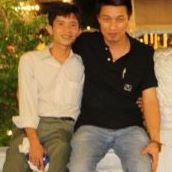
Minh Tuan Do
view source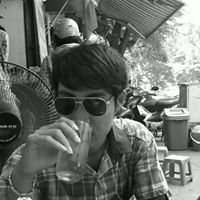
Tuan Do Manh
view source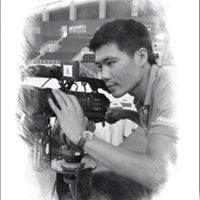
Tuan Do Duy
view source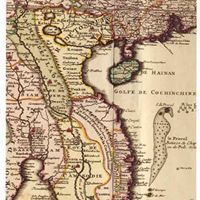
Huu Tuan Do
view source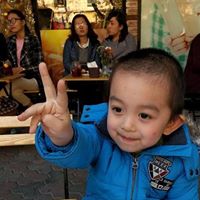
Ly Tuan Do
view source
Tuan Hong Do
view source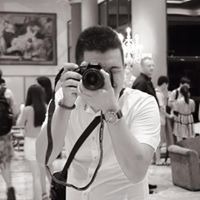
Tuan Thanh Do
view source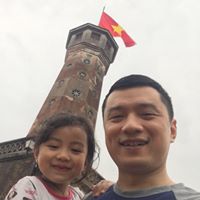
Tuan Anh Do
view sourceGoogleplus

Tuan Do
Work:
Nhà &quán càfê
Education:
Mẫ giaó trường làng
About:
Tuổi trung niên,tính vui vẻ,thich du lịch và thể thao và...!
Tagline:
Tính tình vui vẻ,khờ khạo trong tình yêu,bi gạt nhiều lần,nhưng không sợ
Bragging Rights:
Học dở,yêu gioỉ

Tuan Do
Work:
Renesas Design Vietnam - Team Manager (2007)
Education:
HCMC University of Technology - Computer Science
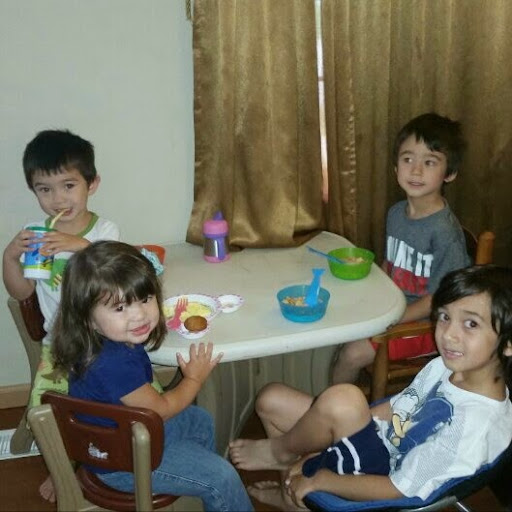
Tuan Do
Work:
ALU - TMGR
Education:
IIT ILLINOIS USA - Computer Science
Tagline:
Telecom Proffesional
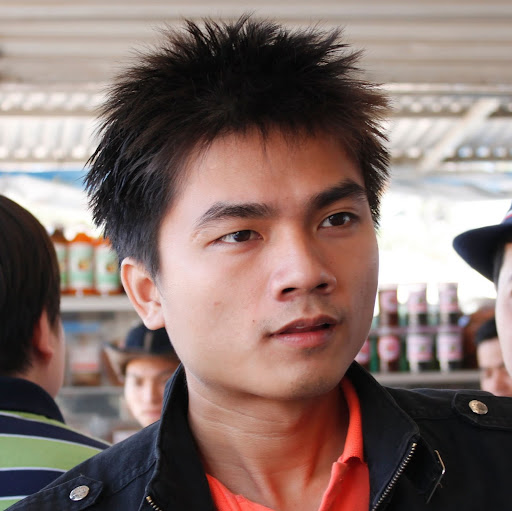
Tuan Do
Work:
Harvey Nash plc (2011)
About:
I give you my heart. I give you my soul.

Tuan Do
Work:
Hoasancompany
Education:
IBM
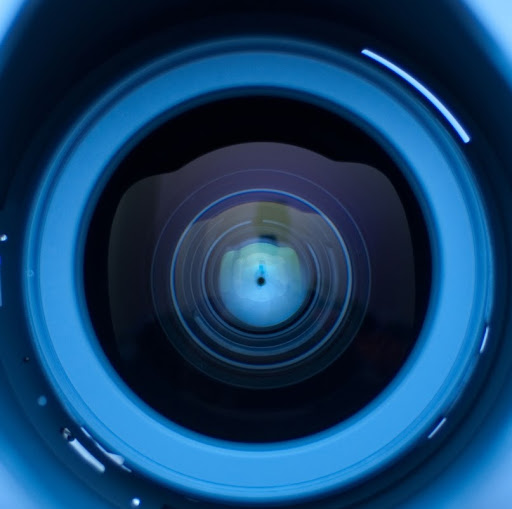
Tuan Do
Education:
Hanoi University of Science - Meteorology
Tagline:
The alone traveller

Tuan Do
Work:
K&H VIET NAM - IT
About:
Vui vẻ,hòa đồng.
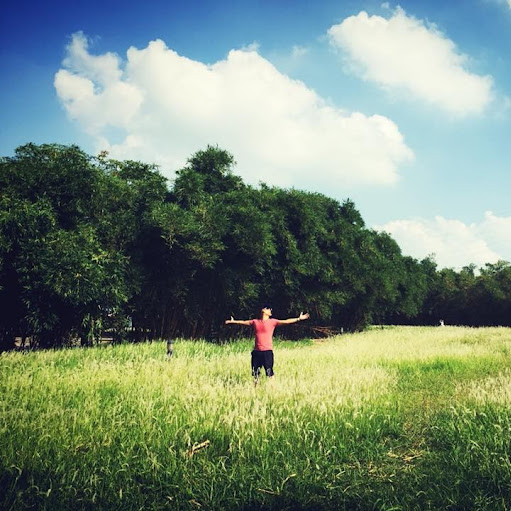
Tuan Do
Work:
AN PHU TRADING DEVELOPMENT CO.,LTD - Nhân viên
Plaxo

Anh Tuan DO
view sourceHanoi, VietnamMonvietnam co.,ltd

Tuan Do
view sourceInsurance Partners
Flickr
Youtube
Classmates

Tuan Do
view sourceSchools:
Park Elementary School Alhambra CA 1984-1987
Community:
Thomas Slanina, Deborah Elliff, Kathy Collins

Tuan Tran (Do)
view sourceSchools:
McFerran Preparatory Academy Louisville KY 1994-1998
Community:
William Puckett, Bruce Clements, Bonnie Warren

Tuan Do
view sourceSchools:
Travis Junior High School Irving TX 1994-1998, Travis Middle School Irving TX 1994-1998
Community:
Shelley Clutts, Karen Amyett

Tuan Do
view sourceSchools:
Villa Park Elementary School Villa Park CA 1977-1980, Aliso Elementary School Lake Forest CA 1980-1982, Serrano Intermediate School Lake Forest CA 1982-1984
Community:
Jacqueline Dees, Kim Mccurdy

Tuan Do
view sourceSchools:
Ecole Royal George High School Greenfield Park Kuwait 1981-1987, Royal George High School Greenfield Park Kuwait 1982-1986
Community:
Jeanne Petit, Richard Christina, Florent Giacomin, Genie M, Patrick Lapierre, Digi Doo, Petra Bridgwater

Villa Park Elementary Sch...
view sourceGraduates:
Tuan Do (1977-1980),
Rhonda Hagerman (1966-1973)
Rhonda Hagerman (1966-1973)

McFerran Preparatory Acad...
view sourceGraduates:
Tuan Do (1994-1998),
Deborah Wallace (1995-1999)
Deborah Wallace (1995-1999)

Aliso Elementary School, ...
view sourceGraduates:
Tuan Do (1980-1982),
Brandon McClellan (1986-1990)
Brandon McClellan (1986-1990)
Get Report for Tuan Huy Do from Garden Grove, CA, age ~47













